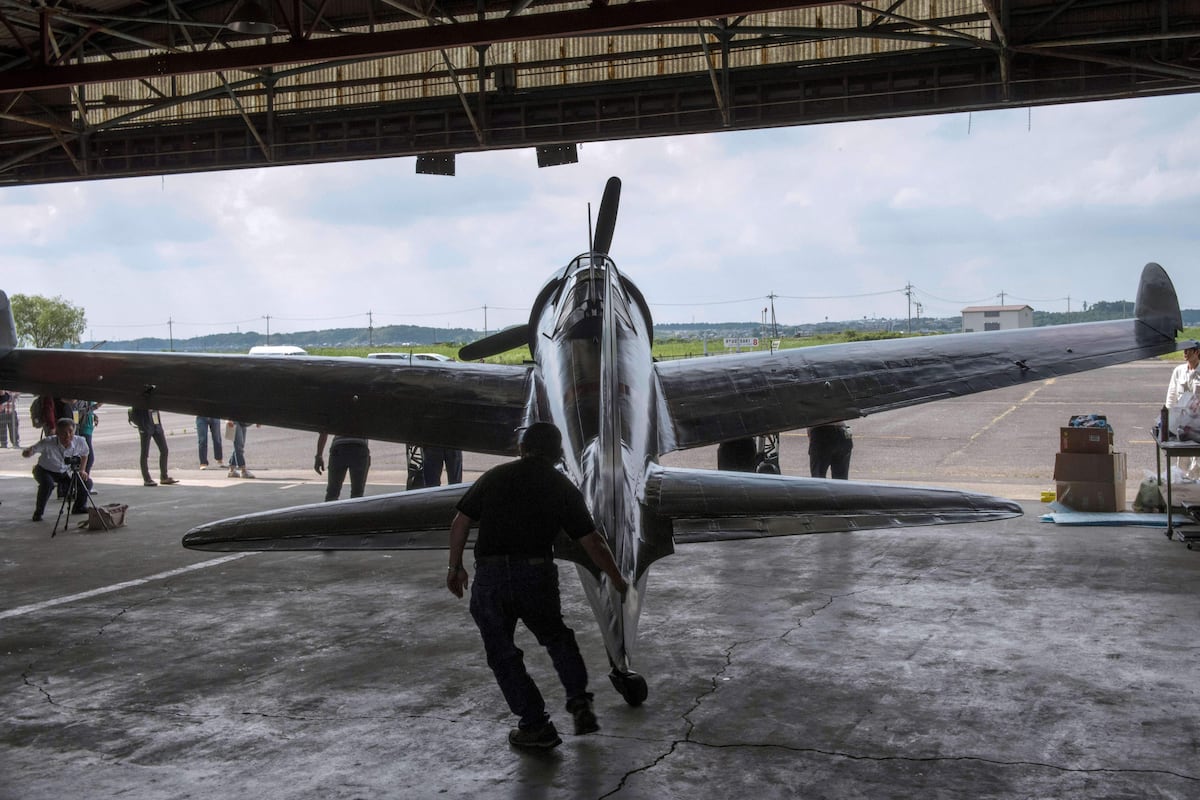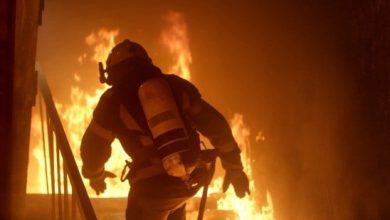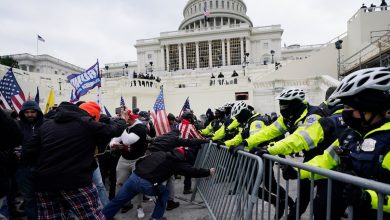Shortly before 8 a.m. on Dec. 7, 1941, Japanese aerial forces swarmed across Oahu toward their targets. The Tora signal was sent back to the fleet, indicating that the attack aircraft had achieved total surprise.
Lieutenant Commander Shigeru Itaya, commander of all first-wave fighters, led his own nine Mitsubishi A6M2 Zeros along the western side of the Koolau Mountain range.
Each had a red fuselage stripe indicating it came from the aircraft carrier Akagi. As escorts, they were high above and to the left of 26 Aichi D3A1 dive bombers from Shokaku headed for Ford Island’s naval air station, in the midst of Pearl Harbor and neighboring Hickam Field.
As Itaya approached the Nuuanu Pali, Hawaii’s historic mountain pass, he spotted a pair of trainer aircraft just above the clouds.
His shotai (three-plane flight) attacked. Itaya missed, but his two wingmen, Petty Officers 1st Class Takeshi Hirano and Shinaji Iwama, shared in the victory over one of the airplanes, a civilian Piper Cub. It was the first American plane shot down in World War II.
RELATED
In the hail of fire, the engine and mount of the Cub ripped from the airframe. Machinist Mate 2nd Class Marcus F. Poston of USS Argonne, taking what he thought would be a pleasant Sunday morning flying lesson, managed to bail out safely.
Later, as Poston carried his parachute down the Kalihi Valley Road, an alarmed citizen phoned the police with the first description of a “Japanese parachutist” uniform as blue dungarees with red insignia. This description filtered across Oahu, and orders were issued to American sailors to change uniforms.
As further amendments were given that day, Navy whites were dipped in coffee. Such uniforms would be seen for months.
Target: Honolulu
Breaking contact with Shokaku’s dive bombers, the Akagi Zeros flew south over Honolulu.
With air superiority assured, Itaya led his nine Zeros back north to strafe John Rodgers Field — now Honolulu International Airport — and Hickam Field, the U.S. Army’s bomber base.
Above John Rodgers, 22-year-old Cornelia Fort and her student pilot were working on touch-and-go landings in a civilian Interstate Cadet.
“On the downwind leg of the field just prior to the last landing I was going to have him make before soloing, I looked casually around and saw a military plane coming in from the sea … directly toward me,” she wrote. “I jerked the controls away from my student and jammed the throttle wide open to pull above the oncoming plane. He passed so close under us that our celluloid windows rattled violently.”
She landed quickly and safely despite the bullets raining down around her.
In their first pass at John Rodgers, Itaya’s fighters hit a Hawaiian Airlines DC-3 transport full of passengers, which began to burn.
Miraculously, no one was wounded or killed. In the last pass, a fire extinguisher was hit, putting out the fire.
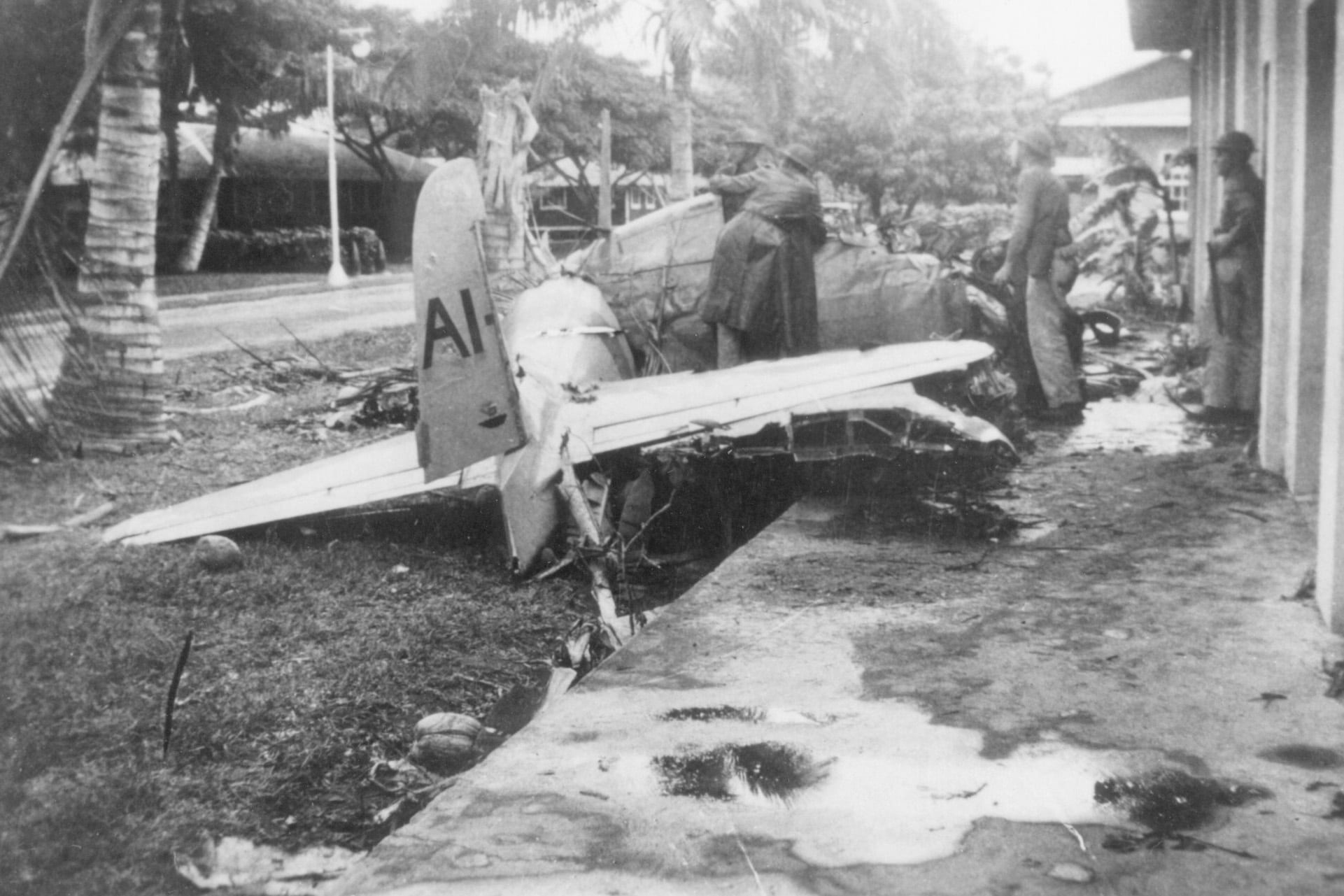
The alert Akagi Zeros noted large “transports” coming in to land at Hickam, actually a flight of Boeing B-17 bombers from the U.S. mainland.
Flier 1st Class Juichiro Hanyu attacked the first B-17C, piloted by Lt. Robert Richards, who escaped with wounded aboard and sought safety at Bellows Field to the east.
Itaya led his own shotai to attack the next B-17C, piloted by Lt. Raymond Swenson.
Passing in the opposite direction on Swenson’s starboard side, Hirano and Iwama turned and attacked from the rear, but were too fast in their passes and overshot their target. Itaya matched the bomber’s speed and began to pour 7.7mm bullets into the fuselage from a range of just 100 feet. Signal flares in the radio compartment exploded, touching off a conflagration.
Bullets continued through the fuselage into the empty bomb bay fuel tank and cockpit area. Flight Surgeon 1st Lt. William Schick, a passenger, was hit in the back. Swenson was able to land the stricken plane, which quickly burned in half.
Schick walked to the hospital, but died before doctors could tend to him.
Hirano’s last run
To continue strafing Hickam Field, Itaya led his flight across the harbor ship channel and over Fort Kamehameha — “Fort Kam” to the troops based there — on the east side of the channel entrance.
At 8:10, the destroyer USS Helm was headed out to sea past the minesweeper USS Bobolink, moored along the channel, and combined fire from both ships plus ground fire reportedly hit Takeshi Hirano’s Zero.
Aboard Helm, on the port aft machine gun, Gunner’s Mate 2nd Class W.O. Huff saw his target veer sharply and “crash behind the trees near Hickam Field.” He later received an official commendation.
At Fort Kam, Sgt. Casmir Jankauskas and Cpl. Charles D. Keith, both from the 55th Coast Artillery, likewise received official commendations for shooting down the plane. Four other machine gun crews also made claims.
Hirano guided his damaged Zero toward a street in Fort Kamehameha. Palm trees clipped his port wing and jerked the stick from his hand. The fighter slammed into the entrance of the ordnance machine shop. One man just missed being killed as he dived to the ground and the plane skimmed over his back.
Many 41st Coast Artillery men, awaiting rifles and ammo, had taken cover against the ordnance building.
“The Corporal of the Guard was a good looking kid,” Joseph Medure of the 41st CA remembered. “Corporal Claude L. Bryant, nicknamed ‘Muscles,’ a weightlifter. He was killed by the crashing plane. He lived longest perhaps due to his physique and strong constitution.”
The others killed were Pvt. Eugene R. Bubb, Pvt. Donat George Duquette Jr. and Pfc. Oreste DaTorre. Two men were decapitated. Pvt. Michael Stabile noted in his diary that Bubb was only identified by the canary bird tattoo on his left shoulder.
Smoking evidence
Pvt. Creed Shortt, the Fort Kam ambulance driver, was at the motor pool washing his ambulance when the attack began.
He reported to the dispensary and was told of the crashed plane. He recovered nine wounded at the site. Sergeant of the Guard Eddie Holden quickly assigned Pvt. John B. Littrell, 97th CA, to guard the wrecked fighter. Littrell was only told to keep bystanders from smoking due to the large fuel spill. He enlisted others to assist him.
“I was the senior officer present on duty at the command post in Battery Hasbrook when someone phoned in or sent a message that a plane had crashed,” recalled 1st Lt. Glenn P. Elliott, assistant operations officer, harbor defenses. “I left 2nd Lt. Elmer Twining … in charge and ran all the way to the crash. It was in front of the Artillery Engineer ordnance building near the loading dock. There were several military at the scene when I arrived. I recall seeing Private Littrell at the crash.”
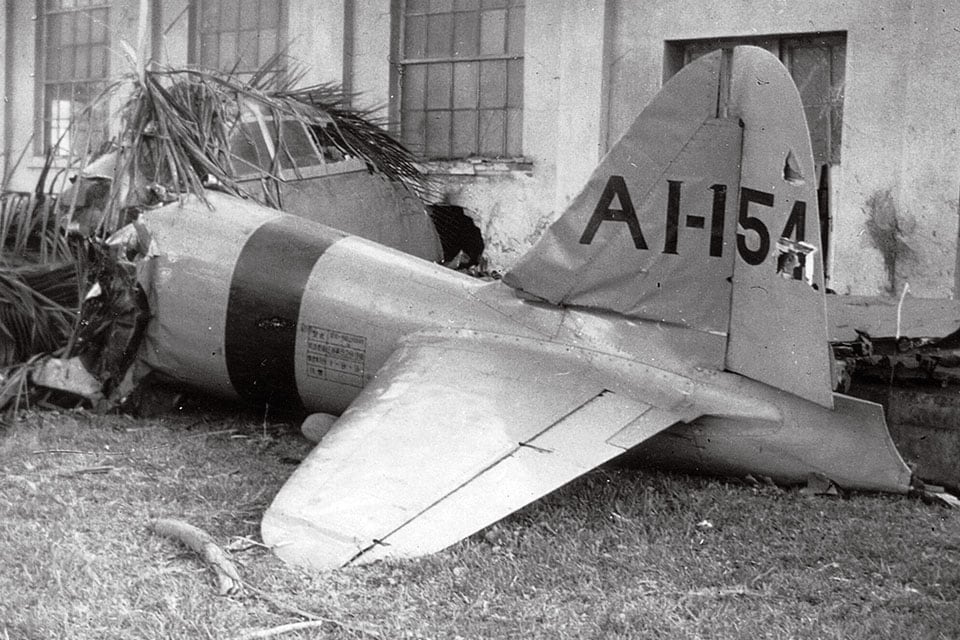
Elliot said that Master Gunnery Sgt. Frank Luciano, who arrived in a command car, and Sgt. Ronald D. Moton “helped me with the canopy while up on the wing so that I could reach the pilot.”
One of the two borrowed a raincoat to prevent blood from getting on his clothing.
To assure himself that the pilot was Japanese, Moton said, “I picked his head up by the top of the helmet and pulled his head back and all that I could see that wasn’t smashed were his slant eyes.”
The pilot’s seat harness had broken and his body flung with substantial force into the instrument console.
“He was already dead but in good condition, not a lot of blood and pretty much intact,” said Elliott. “I took a map from the cockpit and looked for ID. His billfold had some U.S. money and names in English as well as Japanese. The map showed converging lines to a point 50 miles off Kaena Point, all originating from the northwest direction. Lots of words in Japanese on the map. I removed all and returned to the command post with Master Sgt. Luciano.”
Souvenir hunters swarmed over the plane immediately after Elliott left, and anything with Japanese writing quickly found its way into footlockers.
Hirano’s uniform name tags were removed, as were data plates and the main serial number stencil. Pvt. Leroy Binderup, 41st CA, almost got the pilot’s Nambu pistol, but one of Littrell’s guards told him to put it back. However, another souvenir hunter, Pvt. Harold Gabriel, retrieved it.
Treasured map
Elliott sent the map and billfold with contents to the Army counterintelligence office in downtown Honolulu.
Second Lt. Malcolm D. Atkin and his father, Capt. Robert T. Atkin, both attached to the G-2 (intelligence) office headquarters at Fort Shafter, had been called to the counterintelligence office when the attack began. They were coordinating activities with their counterparts in the FBI field office next door when the package arrived from Elliott.
Since the Japanese-American translators had not yet arrived, the Atkins were told to take the map to G-2 headquarters “immediately for review by the Japanese interpreter there,” explained Malcolm Atkin.
But at Fort Shafter Lt. Col. Kendall Fielder, General Walter Short’s intelligence chief, had no interpreter yet either. Fielder knew that Hickam hoped to mount a retaliation strike, so he ordered the Atkins to deliver the map there.
At Hickam headquarters, the commander of the Hawaiian Air Force, Maj. Gen. Frederick L. Martin, recalled, “After we dispatched the first of four [Douglas] A-20s (at 1127), we were given a map that had been recovered from a pilot that had been shot down on the edge of Fort Kamehameha. … This map had approximately 10 courses laid out on it to a point northwest of the island of Oahu, which indicated that they either had left carriers there or expected to return to carriers in that direction.”

The pilots of three B-17s were briefed for a search mission. The map arrived just in time to redirect their flight paths northwest of Oahu.
On takeoff the first B-17 went over on its nose, ruining four propellers. The two others continued on a fruitless eight-hour mission.
Unfortunately, the map showed the rendezvous points of the attackers, not the location of the Japanese fleet, yet the two “X” marks had suggested to the Americans where the carriers might be.
Looking for clues
Hirano’s remains were taken to the Fort Shafter morgue, where he was fingerprinted. That sole identification was filed at Fort Armstrong.
The “Japanese aviator — identity unknown” finally was interred at Schofield Barracks Cemetery on December 9.
Meanwhile, the wreckage at Fort Kamehameha had been loaded on a flatbed trailer and transported to neighboring Hickam Field. The mangled fighter was laid out in the Hawaiian Air Depot (HAD) hangar late on December 8. It took all of Tuesday to get the pieces sorted out for the mock-up.
Col. E.W. Raley, at Hickam’s intelligence headquarters, was placed in charge of the technical intelligence investigation of all crashed airplanes in Army jurisdiction. He assigned the task of investigating the fighter’s systems to HAD, a tenant organization at Hickam Field.
Raley then visited the wreckage and noted that serifs on the tail code were different on the port side from that on the starboard. This caused confusion as to whether the unit code was “A1″ or what was in fact “AI.”
Raley ordered 2nd Lt. Charles A. Olson to survey the wreckage for a preliminary report prior to the detailed analysis by HAD, and directed Warrant Officer Paul Grossman to confirm Olson’s findings. Their report was submitted on Wednesday, December 10. Grossman took 23 photos, which were sent to Washington, D.C., on December 22.
Using the most current Army Basic Field Manual 30-38, the July 1941 edition of Military Intelligence: Identification of Japanese Aircraft, Lieutenant Olson correctly matched the airframe to the specification for a “Fighter Type 100.” This data had come from attaché reports in China before any examination of a crashed example.
Olson thought the engine was a Pratt & Whitney, while Grossman could only say it was “Jap make.” Wingspan and fuselage length measurements were approximate given the plane’s damage.
A “two-position Hamilton Standard” propeller was reported. “All guns could not be fired simultaneously,” Olson wrote. “Operated by button control for 20mm or 30 cal.”
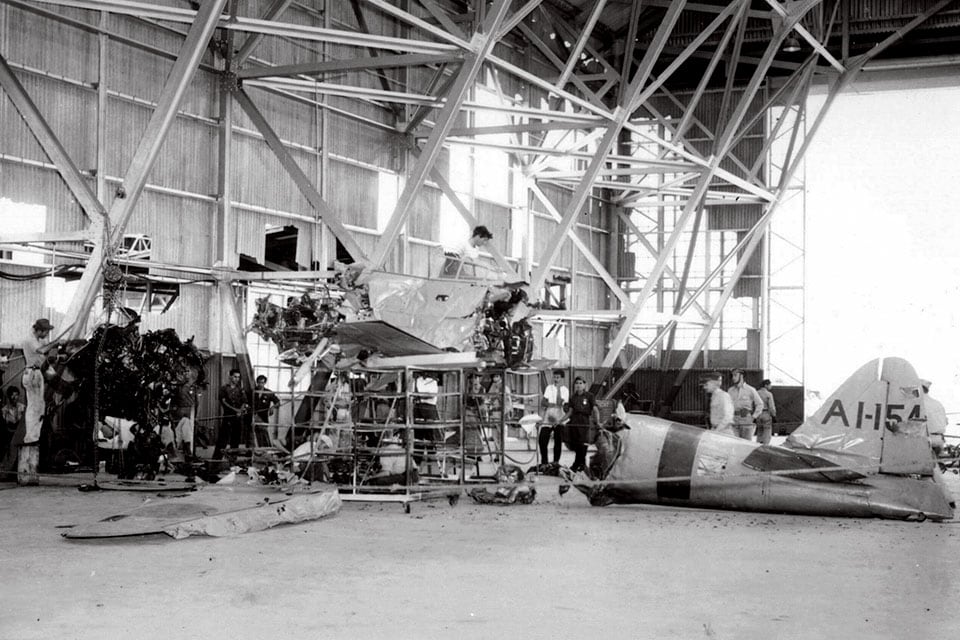
Grossman noted there was no armor plate to protect the pilot, suggesting the Japanese designers cared little for their pilots. But Olson reported a rubber bladder flotation device “built in rear fuselage in back of the pilot” to keep the plane afloat after a crash, which indicated the designers did in fact care care about the pilot’s survival.
Olson revealed that “a full map in plane … was taken over to G-2.” This second map discovery was a miracle given the initial search by Elliott and the souvenir hunters. It was identical to the map recovered from a midget submarine that washed ashore near Bellows Field.
Birth of a myth
The Olson-Grossman report also noted several American components, focusing attention on the U.S. companies that had provided them.
Grossman suggested, “Concrete information can be obtained by taking readings (i.e.: translation) of each data plate and position readings of all dials, controls, and switches.”
He was the first to foster the myth that the Zero had been developed from American technology when he wrote, “North American Aviation Company people might be able to give the design.”
Each department in the Hawaiian Air Depot was given a week for its final report, beginning their study on December 9. Preliminary findings were sent in data sheets to Col. Raley. His visit to the plane made him keenly aware of certain items to look for in the reports, and he sent several requests back to HAD for confirmation of details.
One early memo helped perpetuate the myth that the Zero and its engine were copies of American technology: “Airplane: Good copy of Vultee made in 1936 for export,” in reference to the Vultee Vanguard then used in China. The engine was “a good copy of Pratt & Whitney 1535, with the reduction gear and about 650 horsepower.”
While some things may have gotten past him, Raley was quick to respond: “Please note that the engine is said to be about 650 horsepower which I believe to be in error. Note also the memorandum states practically positive no carrier arresting gear on airplane. I know from personal inspection that the airplane is equipped with an arresting hook.”
“The form in which this information is submitted is immaterial; in fact, I would like to have it as rapidly as possible as the information becomes available,” Raley continued. “However, I would like to feel certain that each item of information received is the result of physical inspection by someone and it is suggested that the person making the inspection sign the document.”
Government property
Manufacturer data plates were missing, including one that gave the actual engine horsepower. The problem of souvenir hunting at Japanese crashes came to a head.
Raley passed the word to Col. Walter C. Philipps, chief of staff to General Short. On December 11, Philipps’ edict went out to every G-2 office: “All military equipment, accessories, etc. and clothing and other articles that could possibly be of value as intelligence found in enemy aircraft or on enemy persons [is to] be turned in at the earliest possible moment.”
The squadron S-2 version got personal: “All captured material is the property of the United States Government. The removal or retention of same for personal souvenirs is a court martial offense.”
While this brought a few fragments to light, some GIs defending the beaches never got the message. The material sought was in their footlockers in the barracks or held in storage. To this day, some vets are still reluctant to show their souvenirs for fear that a government official will come knocking at their door.
By Sunday the first HAD reports started coming in to Raley. The instrument repair section said the gauges were “probably Japanese,” but were “similar to American models such as U.S. Gauge Co. or Pioneer Instrument Co.” and, in the case of the pitot tube, “possibly British or German.”
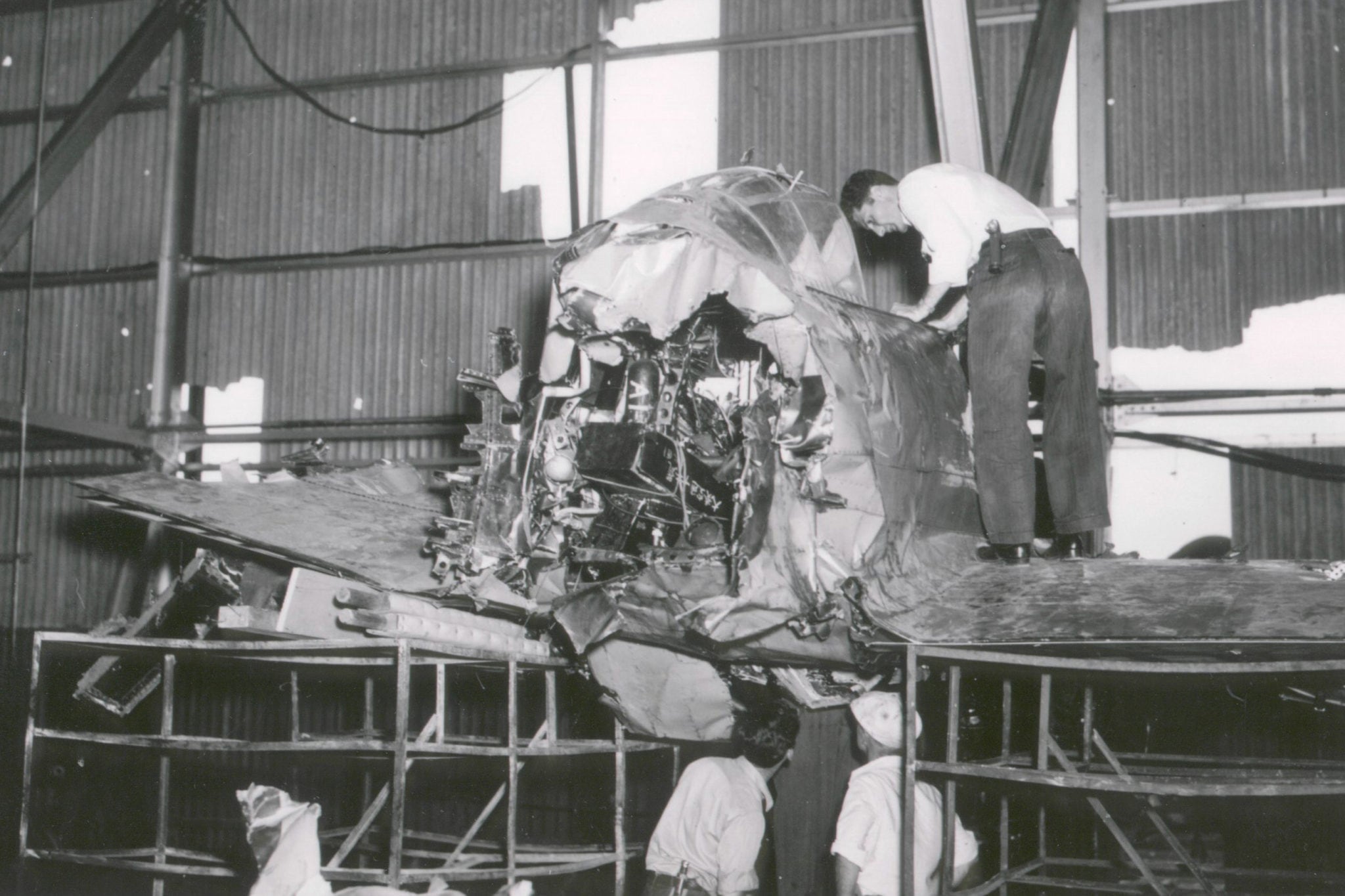
Final reports
The final department reports were turned in on December 16. The metal manufacture and repair branch only described the castings and fittings without identification of origin: “Workmanship, good; average quality castings; spars laminated; dope on fabric seems to be smoother and more pliable than ours … the fabric is of greater strength ….The metal used seems to be brittle and not very pliable.”
The Signal Corps investigator said that the radio compass, dial and loop control, and compass dynamotor were American-made, while the transmitter and receiver were German-Japanese with a few American parts.
The landing gear unit noted the tail wheel housing was built substantially enough to act as a tail skid if necessary. The brakes were “made about the principle of the Bendix system.”
In the electrical equipment report, it was noted that the generator voltage and current regulator was a 1933 Eclipse design. The starter “appears to be of Eclipse manufacture with Japanese name plates.” The idea of prewar manufacturer license-built agreements did not factor into these reports.
“The propeller is almost identical with our Hamilton-Standard 3E50-297 series,” noted the prop section. “The blades are made of aluminum alloy, and seem to be a perfect copy of ours. The internal parts of the propeller have regular part numbers as listed in our 03-A parts catalogue. The propeller is of about 1937 vintage, as the improvements noted were being used at that time.”
The power plant section report was the most brazen in suggesting the Japanese stole design data from others.
“Engine is a Nakajima Aircraft Co. product. Horsepower 850-900, 14 cylinders, 5″ bore, similar to Wright R-975-7 cylinders,” it noted. “Nose section: copy of the Farman type/Wright or same as Wright. Impeller is a copy of the General Electric. Blower section is a copy of the Wright Whirlwind 14, the power section is a copy of the 14 cylinder Pratt & Whitney, valve mechanism is a copy of P&W. Carburetor is the up draft type, poorly designed or copied from the old type Stromberg. The hand starter is a good copy of the Romec type F-4.”
The hydraulics section report also drew comparisons to American products.
“Fuel pump similar to the M600 fuel pump,” it stated. “Selector valves similar to Poppet type valve; the oil strainer was apparently fully automatic as there is no hand turning attachment yet similar to the CUNO oil strainer 12547.”
The ordnance department was a day late with its report. Of the Zero’s armament, it observed: “Two 20mm cannon mounted in wing, unsynchronized, carry approximately 25-50 rounds of ammunition seemingly of Swiss design. Two Vickers synchronized in fuselage, down motion charging assembly on feeding side of gun. Firing mechanism was on top of gun.”
Col. Raley made a rough draft compilation report from the HAD reports on Christmas Day. He included a Mitsubishi serial number of 3277 for AI-154 even though the data plate and stencil that gave it were both missing. That serial number was incorrect, and probably came from a replacement part off another aircraft.
The mystery only deepens
AI-154 was crated for shipment to Wright Field, Ohio, for laboratory study.
Hirano’s Zero arrived in time to be included with other recovered Japanese planes in the Army Day parade in downtown Dayton on April 5, 1942.
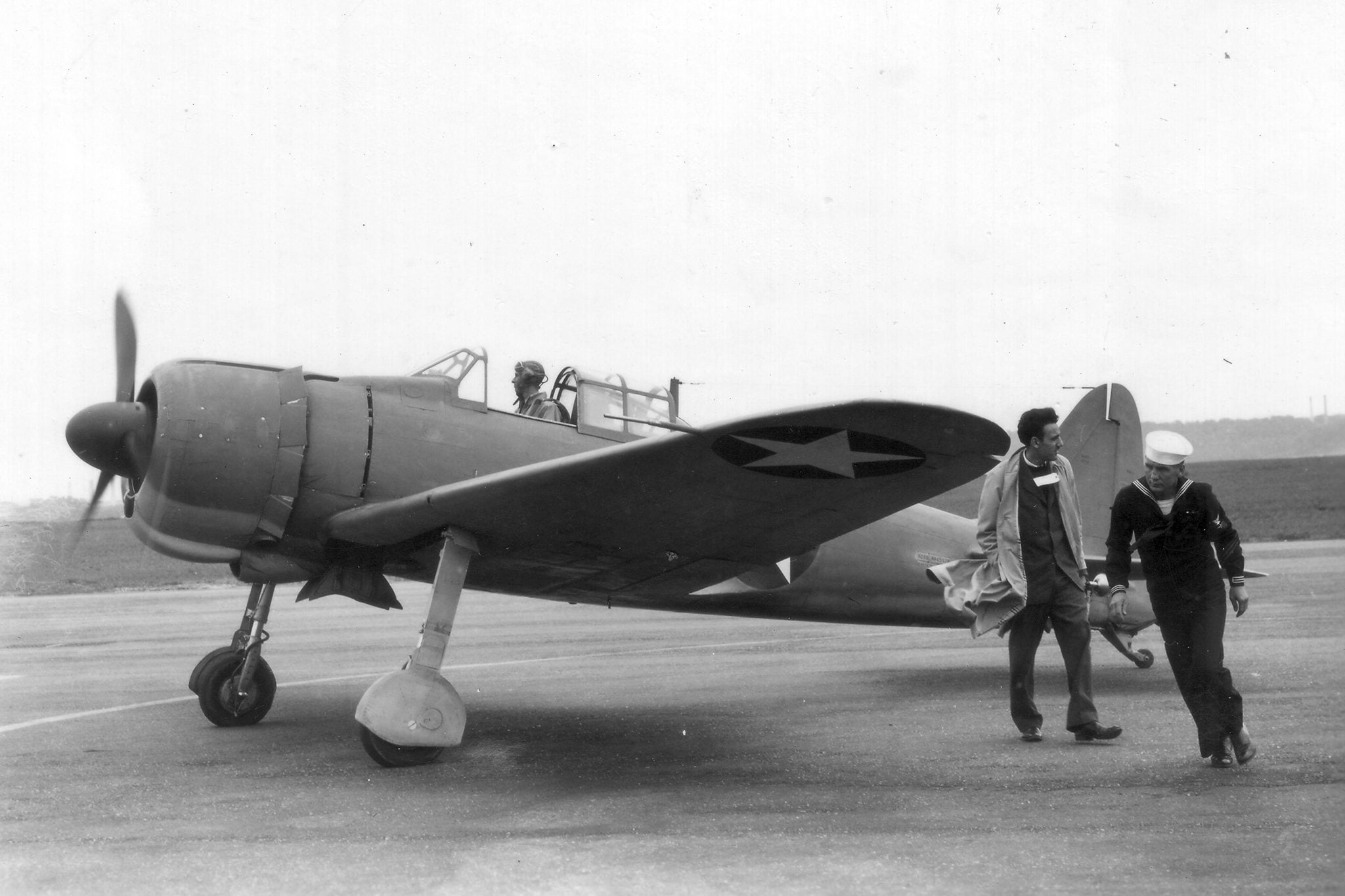
The Mitsubishi Zero’s awe-inspiring performance characteristics as well as its weaknesses are well known today. But much of the information that came out of the hangar at Hickam Field contributed to the mythology surrounding the mysterious fighter, causing Allied pilots undue fright when meeting Zeros in combat in early 1942.
Surprisingly few hard facts were revealed by the examination of AI-154.
It took reports from several crashed Zeros and a flyable plane to really learn the secret behind the two positions selected for the propeller, which contributed to the plane’s far-reaching range, and the strengths and vulnerabilities for successful combat against the legendary Japanese fighter.
David Aiken is a director of Pearl Harbor History Associates. He has spent decades conducting detailed searches for missing American and Japanese airmen from the Pearl Harbor attack.
This story originally appeared on HistoryNet.com.
Read the full article here

